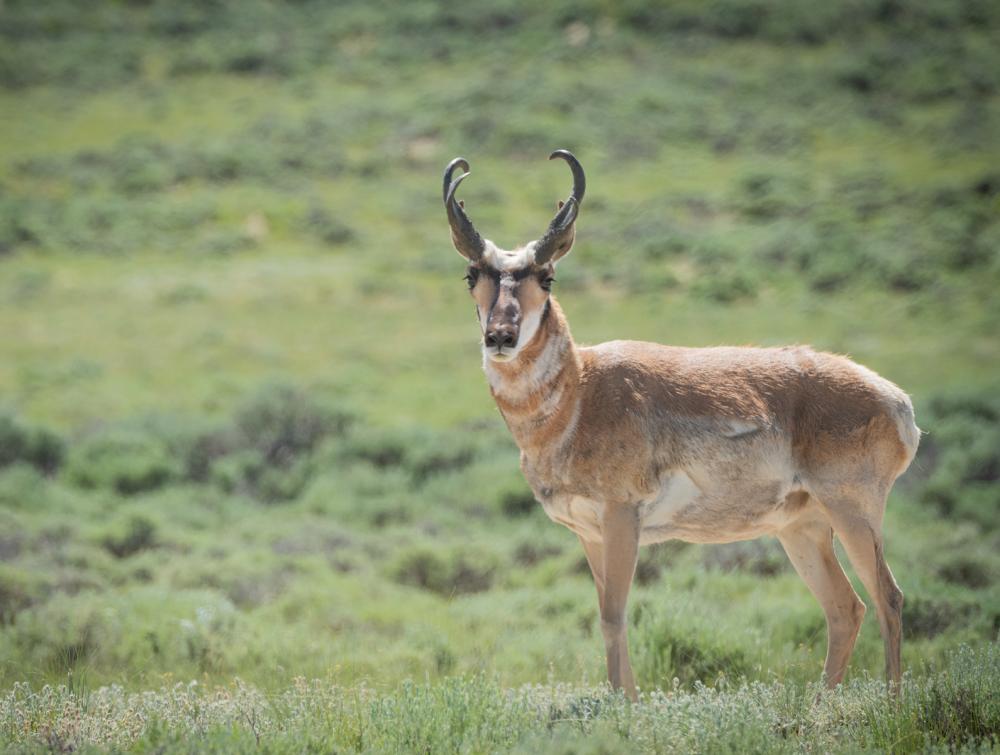TWS applauds Interior on wildlife corridors to support connected lands network

Pronghorn in the Northern Red Desert, WY
Mason Cummings, TWS
Interior commits to wildlife corridors and funding to support local collaboration that builds network of critical wildlife habitat.
Today Secretary of the Interior Deb Haaland announced efforts to advance work with local communities, tribal nations and western state wildlife agencies to protect wildlife habitat and corridors, a core aspect of the America the Beautiful initiative. Building off new ungulate research across 8 western states issued by the US Geological Survey, the Secretary outlined a path forward to increase investments in state, local and tribal projects designed to conserve wildlife habitat and corridors across the West — a critical component for reducing further wildlife extinction in an era of climate change.
The Wilderness Society issued the following statement:
“The important research unveiled today—and the coordinated federal commitments outlined by Secretary Haaland—are critical steps for building a network of conserved lands that will help us address significant impacts of rapid nature loss and the climate crisis,” said Jamie Williams, President of The Wilderness Society.
“We are hopeful that Interior agencies will work diligently with local communities, Indigenous partners and land managers to implement these new commitments. Today’s announcement ensures we build on the significant investments made by states and local communities to protect and conserve wildlife across the West. We’re excited to see the Department of the Interior making decisions based on science and traditional knowledge that support healthy wildlife populations and migration and ensure our own communities are thriving and safe in the decades to come.”
In December, The Wilderness Society issued a series of letters to agency heads of the Administration, highlighting how immediate and critical progress could be made to address climate and nature loss on lands managed by the US Forest Service; US Fish and Wildlife Service; and Bureau of Land Management.
Habitat loss is an especially big problem for wildlife species who need to migrate and those adapting to a rapidly warming world. Yet approximately 60 percent of the continental United States is still in a “natural” or wild state, according to 2019 findings. A study published in 2021 by Wilderness Society scientists found that at least 10 percent of suitable habitat for most land vertebrates (mammals, birds, amphibians and reptiles) could be conserved by protecting 30 percent of the continental U.S., paralleling a national conservation goal adopted by the Biden administration.
Contact
Kate Mackay, Communications Director – Landscape Connectivity
602-571-2603
